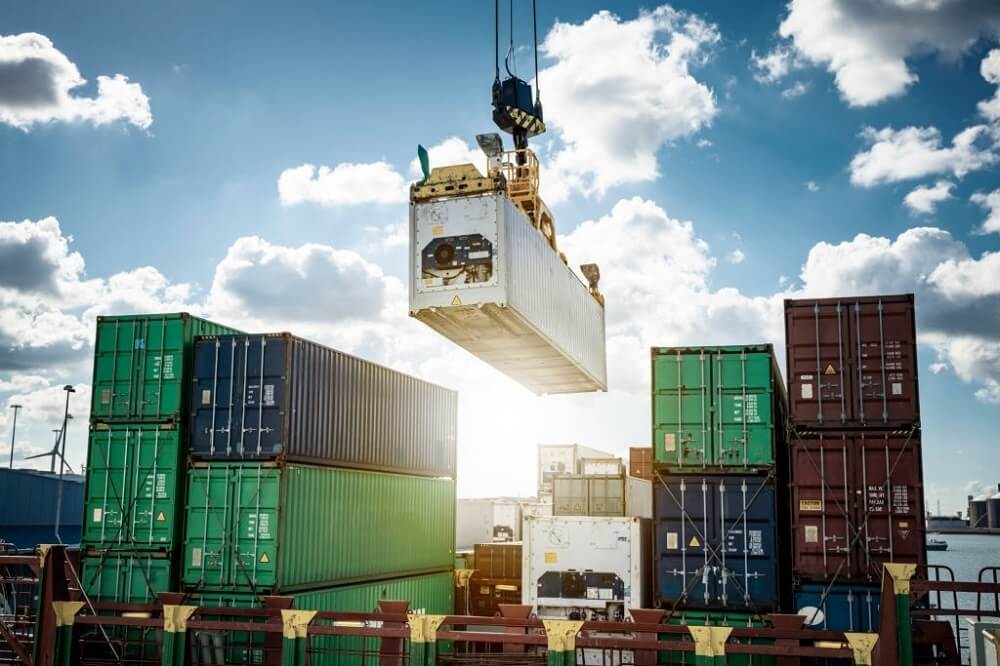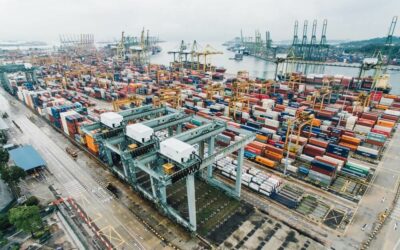Common Risk Factors in the Shipping Industry And How to Avoid Them
Table of Contents
Risks in Businesses:
All organizations have risks. The transportation business is no exemption and there are a few factors that ought to be taken into consideration. Safety issue, convenient delivery, exact conveyance, lost product, additional charges, assessments, and protection are a few factors that ought to be inspected when managing the Freight business to limit however many dangers as would be prudent.
Pros And Cons:
When managing a business, the upsides and downsides should be assessed. The pros, of course, consist of the fast conveyance. But the cons incorporate all the dangers and conceivable extra charges encompassing your purchases. Delivery issues incorporate lost things, damaged goods, postponed conveyance and misrouted merchandise.
Risk Factors in Transportation Industry:
There are various types of risks faced by the transportation industry
Geographical Threats:
A storm is not the only threat for the vessel but what’s inside the sea can pose potential threats too. Coral reefs, icebergs and some mysterious spots like Bermuda triangle can be treacherous. Besides that, there are some canals including the Suez and Panama canals that are not very deep. Due to the low depth of the canals, the ships can hit the base or sides and lead to potential damage.
Technological shortcomings:
A thorough examination of the ship before departure is mandatory for a safe journey. It should be made sure that all parts of the ship including all of its equipment is working fine. If something goes wrong with the navigation equipment or there is any kind of loss of the cargo due to any technical error, the consequences can be severe.
Reasons for Potential Risks:
According to a publication followed by an investigation of major maritime and road accidents in recent years discussed ten different problems that played an important role in leading to these tragedies. The problems included exhaustion, distraction, utilization of drug while transporting, access to high hazard spaces, etc.
These problems pose a big threat to transportation on the high seas and on the roads. Some of these problems are discussed below.
Also Read: The Global Crisis Of The Shipping Industry: What The Data Predicts
Exhaustion:
The report indicated that weariness and exhaustion are some of the most common reasons for transportation accidents. Loss of sleep or fatigue impacts the performance of the mariners on sea and drivers on road. This makes them unsuitable for transporting. Either the workers should refuse to work or watch-standers must be arranged for them to replace them whenever the workers feel sleepy.
Failure to Follow Procedures:
Most of the times maritime accidents are caused when the workers fail to follow the standard procedures for repairing or maintaining the equipment. So to avoid them proper attention must be paid while doing the maintenance job to ensure safety.
Medication
If the crew members in the ship or drivers in the trucks use medication can have disastrous consequences. They should consult professionals before taking those medicines before taking charge of the vessel or the vehicle.
Time to Time Inspection:
The vessels, aeroplanes or tucks should undergo regular time to time inspection to ensure safety and for better performance.
Misjudging Weather Threats:
Underestimating high water currents can make the situation dangerous for mariners and can lead to accidents. The dangers must be assessed properly to reduce the danger. Similarly, truck drivers should be careful while driving in rainstorms or take a break to avoid any risky situation.
Risks in Ocean Shipping:
There is no denying the fact that the world continents are connected and joined by the oceans. In this way, oceans for centuries have been offering ways to ship products. In any case, while seas offer extraordinary methods for transportation, there are likewise numerous risks that can create hurdles in ocean transport.
Potential Weather Threats:
Some of the worst threats in the ocean shipping are
- storms
- gusts
- hurricanes
- tropical typhoons.
These storms can potentially harm the vessels that are used to transport the goods and in some serious circumstances, the storms can even sink the ships. These storms wherever they occur have strong and violent winds that can reach more than 150 miles per hour of speed. Along with that, there are rains and strong waves.
How to Protect Against these Weather Threats:
Ships that are used to transport goods through the routes that could have such climate threats should be strong and stable. With the latest technology, the strength of the ships can be tested on computers and modern ships are being designed to stand firm against such weather conditions.
Large-sized Ships With Better Designs:
When computers analyze the data, they make steel ready to withstand the deliberate burdens. But that doesn’t make them completely resilient to the storms. Latest ships have large sizes that help them to ensure safety to a much greater level. Their shapes and sizes help prevent storms from damaging the ships.
Weather Prediction:
Along with the ship designs, weather forecast and meteorology departments help predict any storms beforehand so the ships can either delay or alter their routes. These can save the lives of the crew members and protect the cargo.
Risks in Land Transportation:
Road Transportation oftentimes occurs between neighbouring countries and within the countries. Road transportation too has potential risks too. Some of them are as follows:
Hazardous Driving
Operating a transporting vehicle dangerously, for example, speeding, wild driving, inappropriate path change, mindlessness, and so on increases risks in the cargo-hauling industry.
Long periods of Service Compliance
Violations of Hours of Service guidelines, or driving while exhausted.
Driver Fitness
Drivers must have the correct clinical capabilities, preparing, and experience to work a vehicle securely.
Controlled Substances/Alcohol
Misuse of solution or over the counter drug or disability because of controlled substances.
Unsafe Material Compliance
Leaking compartments, ill-advised placarding, inappropriately bundled HM.
Crash Indicator
Frequency and seriousness of accidents.
A portion of these dangers is straightforwardly affected by outside impacts, especially climate occasions, traffic and street conditions. Transporters take on a lot of different dangers also. They are liable for conveying the very shipments that keep their transporter clients in business. Any disturbances, including mishaps, misfortunes of freight or monetary hardships, can make a flexible chain interruption that harms notorieties and diminishes benefits.
Hazard and Insurance trust a portion of the more current dangers confronting the transportation business are propelling innovation, digital introduction and market vacillations made by universal exchange debates.
Predicting the Risks Beforehand
Past identifying expected dangers, those dangers should then be examined so as to know their probability, seriousness, geology and timing. For instance, an anticipated ice tempest may have a 70 per cent possibility of hitting a northern state on the shipment course on Tuesday, yet in the event that the truck is relied upon to clear that state on Monday, the shipment can proceed as planned. Then again, if the truck isn’t relied upon to be in that state until Wednesday, there is a more than normal possibility it will be deferred because of the cold street conditions.
Steps to Avoid Delays Due to Risks:
That is the place the following period of a hazard the management’s arrangement can be viable: decisions. With this kind of data close by, a transporter can choose when the shipment should dispatch. By moving the pickup date prior in the week or postponing it until the temperatures ascend above freezing, the shipment can miss the ice storm. Indeed, the shipment might be early or late, contingent upon that choice, yet the freight is protected and unaffected by the low temperatures or smooth streets that may cause payload or potentially truck harm.
Precautions:
The transporter can all the more likely mark the pickup date, decide how much hazard they are happy to take with every shipment, choose what sorts of gear they may need to make sure about and secure the payload, figure out which method of transportation is ideal, and recognize ideal paths that can speed shipments and decrease costs.






